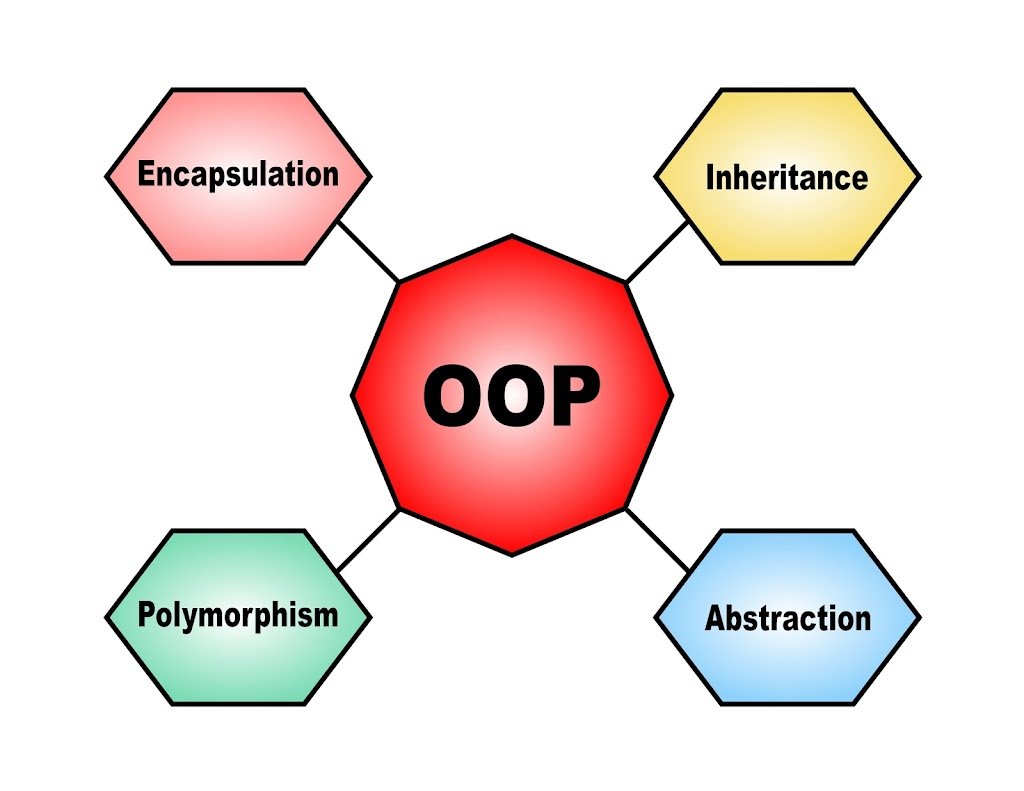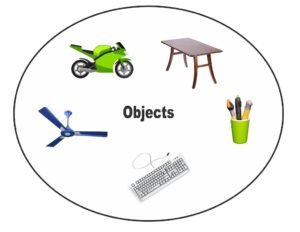“Demystifying Object-Oriented Programming: A Beginner’s Guide”
Introduction to “Object-Oriented Programming” (OOP)
In contemporary software development, one of the most popular programming paradigms is object-oriented programming, or OOP. OOP focuses on the idea of “objects” to represent real-world entities, which makes code more modular, scalable, and maintainable for developers. We’ll explore the essential ideas of object-oriented programming (OOP) in this blog and discuss their importance in creating reliable software systems.
Object means real word entity such as a pen. chair ,table, etc. object oriented programming is a mythology or paradigm to design of programming use classes and objects. it’s simply file the software development and maintenance by providing some concept:
Object means real word entity such as a pen. chair ,table, etc. object oriented programming is a mythology or paradigm to design of programming use classes and objects. it’s simply file the software development and maintenance by providing some concept:
- Object
- Class
- Inheritance
- Polymorphism
- Abstraction
- Encapsuletion
1:-Object:Object is the basic unit of object oriented program that is a Both Tata and function that operate on data are bundled as a unit colled as object.
A class instance is what’s known as an object. Once a class is defined, it is possible to construct objects from it that share the same behaviors but have different unique data.
2:-class:Class: A class is an object creation blueprint. It outlines the actions (methods) and characteristics that the objects made from the class will possess. Consider a class as a model or template.
example: python code
class Car:
def __init__(self, make, model, year):
self.make = make
self.model = model
self.year = year
def drive(self):
print(f”{self.year} {self.make} {self.model} is driving!”)
3:- Inheritance:Through inheritance, a class can take on attributes and functions from another class. Hierarchical classification and code reuse are encouraged by this. It is known as the parent class or superclass when a class inherits something, and it is known as the child class or subclass when a class inherits something.
exapmle:python code
class Vehicle:
def __init__(self, make, model):
self.make = make
self.model = model
def start(self):
print(f”{self.make} {self.model} is starting.”)
class Car(Vehicle):
def honk(self):
print(f”{self.make} {self.model} is honking!”)
my_car = Car(“Toyota”, “Corolla”)
my_car.start() # Outputs: Toyota Corolla is starting.
my_car.honk() # Outputs: Toyota Corolla is honking!
4:- Polymorphism:Despite having the identical name, methods can do different actions depending on the object they are operating upon thanks to polymorphism. It makes it possible to handle objects of various classes as though they were members of the same superclass.
There are two types of polymorphism:
- Method Overloding:Overloading a method (having several methods with the same name but distinct signatures)
- Method Overriding:Redefining a method inherited from its parent class is known as method overriding in a subclass.
example:python code
class Bird:
def speak(self):
print(“The bird sings.”)
class Dog:
def speak(self):
print(“The dog barks.”)
def animal_sound(animal):
animal.speak()
parrot = Bird()
bulldog = Dog()
animal_sound(parrot) # Outputs: The bird sings.
animal_sound(bulldog) # Outputs: The dog barks.
5:-Abstraction:The idea behind abstraction is to make complicated systems simpler by hiding implementation details and modeling classes based on necessary characteristics and behaviors. Developers can hide internal workings of objects and functions and show only the parts that are necessary by employing abstraction.
Abstract classes and interfaces, which specify a collection of methods that subclasses must implement but do not contain the entire implementation, are frequently used to implement abstraction.
example: python code
from abc import ABC, abstractmethod
class Animal(ABC):
@abstractmethod
def make_sound(self):
pass
class Dog(Animal):
def make_sound(self):
print(“Bark!”)
class Cat(Animal):
def make_sound(self):
print(“Meow!”)
my_dog = Dog()
my_dog.make_sound() # Outputs: Bark!
6:-Encapsuletion:
Encapsulation is the idea of combining procedures (functions) and data (variables) into a single unit or class and limiting access to specific parts of the object. By making sure that data is not directly accessible, this helps to preserve data integrity and stops unexpected changes from external programs.
Modifiers of public and private access regulate
which methods and data are accessible to outside code and which are not.
example: python code:
class BankAccount:
def __init__(self, balance):
self.__balance = balance # Private attribute
def deposit(self, amount):
self.__balance += amount
def get_balance(self):
return self.__balance
account = BankAccount(15000)
account.deposit(500)
print(account.get_balance()) # Outputs: 15500
Since __balance is a private attribute in this case, it can only be changed indirectly—that is, through the class methods.
Why OOP Matters:
OOP benefits contemporary software development in a number of ways.
- Modularity: The arrangement of code into objects and classes facilitates management and modification.
- Reusability: Inheritance reduces duplication and enhances maintainability by facilitating code reuse.
- Extensibility: Classes that follow the Open/Closed Principle can be readily expanded to include new functionality without changing the existing code.
- Maintainability: Code is easier to debug and maintain when encapsulation is used to safeguard an object’s internal state and lower the likelihood of unintentional interference.
- Flexibility: Using polymorphism, programmers can create code that is adaptable and compatible with a variety of object kinds.
In summary:
Organizing data and activity into objects is a powerful technique to structure software using object-oriented programming (OOP). Its fundamental ideas—abstraction, polymorphism, inheritance, encapsulation, classes, and objects—assist in creating scalable and maintainable programming. Any developer who wants to create huge, intricate, and high-quality software systems must master OOP.






